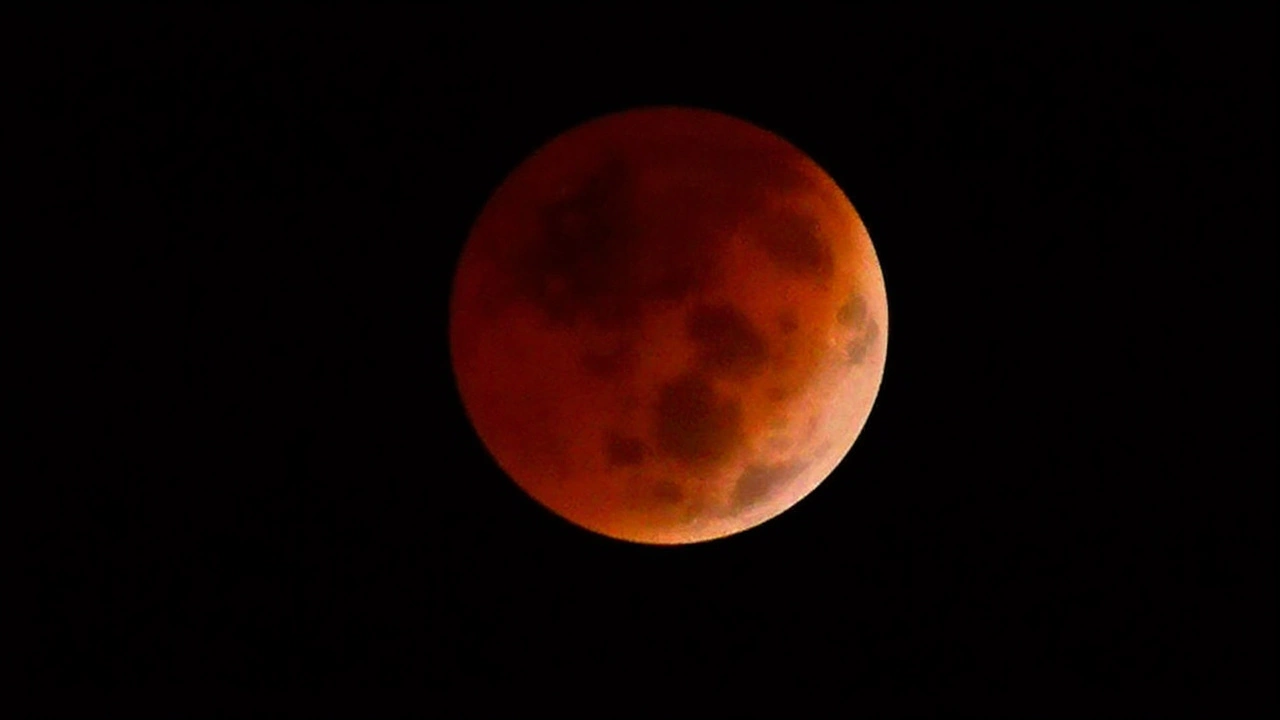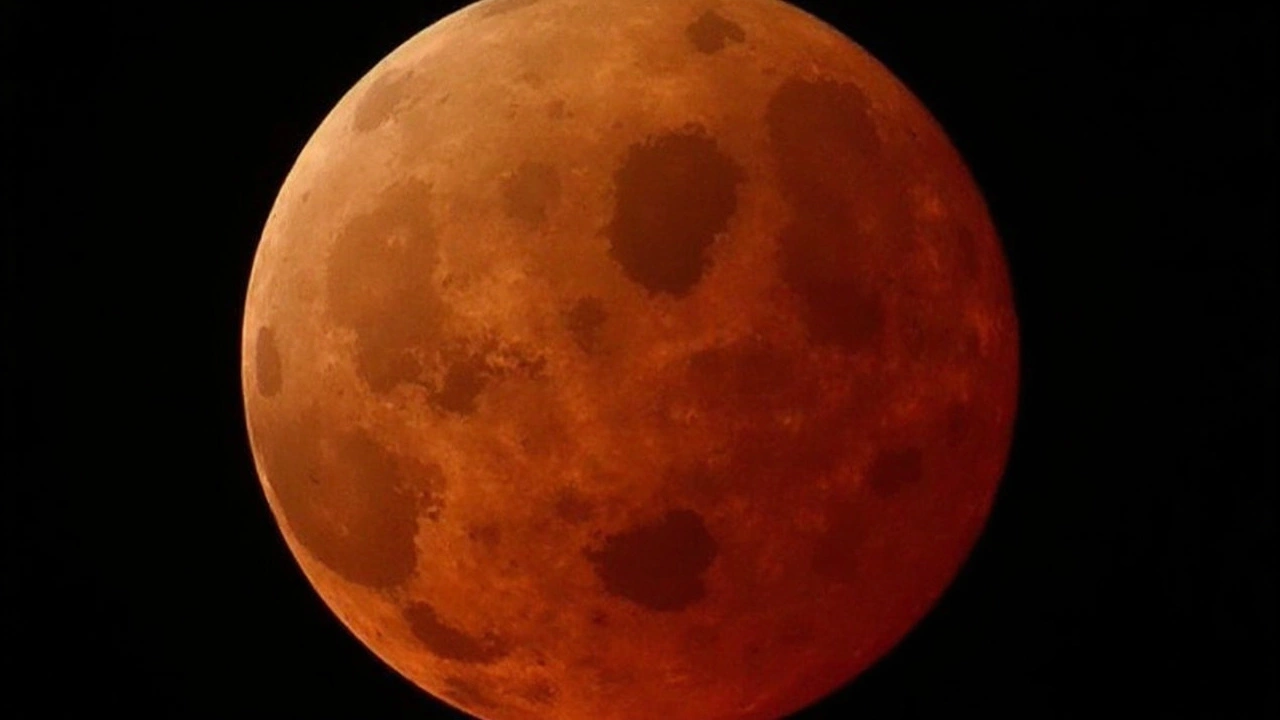Get ready to witness a breathtaking celestial event! On the nights of March 13 and 14, 2025, the moon will transform into a brilliant shade of red, captivating observers across North and South America. Known as a "Blood Moon", this phenomenon occurs during a total lunar eclipse when the Earth casts its shadow entirely over the moon.
This won't be just any eclipse; it's the first total one we'll see since November 2022, making it a much-anticipated event for both amateur skywatchers and seasoned astronomers. The eclipse promises to last about 65 minutes, with the peak of the spectacle occurring between 2:26 a.m. and 3:31 a.m. Eastern Daylight Time.
What's Behind the Red Hue?
The moon's red appearance during the eclipse is all due to a neat trick of light and our planet's atmosphere. As sunlight passes through the Earth's atmosphere, the blue and violet light gets scattered, letting the red, orange, and yellow wavelengths pass through more easily. This refracted light then falls on the moon's surface, giving it that characteristic red glow that earns it the nickname "Blood Moon."
The total lunar eclipse will be most prominent in North and South America. However, those residing in certain parts of Western Europe might catch a glimpse of the eclipse's totality just before moonset. The good news? Unlike solar eclipses, enjoying a lunar eclipse doesn't require any special eye protection.

How to Get the Best View
If you want the optimal viewing experience for this lunar eclipse, try to find a location with clear, dark skies away from any light pollution. While you can certainly enjoy the view with the naked eye, using binoculars or a telescope can enhance the details of our shadowed lunar companion. For specific timing in your area, check resources like Timeanddate.com.
Dr. Laura Danly from NASA has some advice for anyone planning to take in the night sky spectacle: make sure to dress warmly and come prepared for a wait. The entire event spans approximately six hours, featuring a gradual dimming of the moon before the full eclipse and a reverse pattern afterward.
But what if you miss this one? No worries, the cosmos has more to offer! Keep an eye out for another total lunar eclipse on September 7, 2025, best visible in Europe and Asia, with yet another slated for global visibility on March 2-3, 2026.

Arlen Fitzpatrick
My name is Arlen Fitzpatrick, and I am a sports enthusiast with a passion for soccer. I have spent years studying the intricacies of the game, both as a player and a coach. My expertise in sports has allowed me to analyze matches and predict outcomes with great accuracy. As a writer, I enjoy sharing my knowledge and love for soccer with others, providing insights and engaging stories about the beautiful game. My ultimate goal is to inspire and educate soccer fans, helping them to deepen their understanding and appreciation for the sport.
view all postsWrite a comment